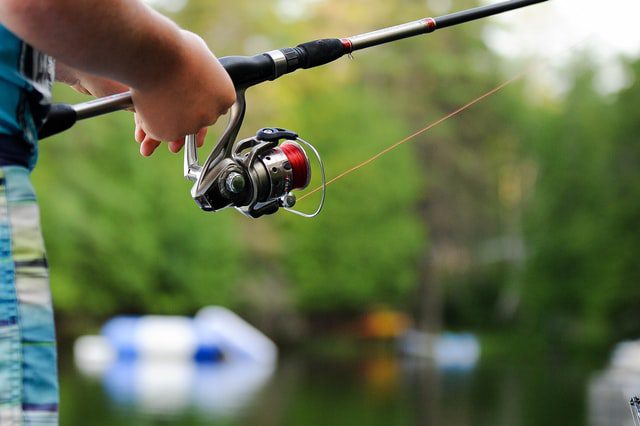If you want to take your friends and family out on a fishing trip, bay fishing is the way to go. Coastal areas often have a diverse ecosystem that can provide a wealth of fun fishing opportunities for people of all ages. Everyone can partake in this exciting and educational experience that teaches the values of patience and respect for nature.
Before you go on your trip, however, there are some things you need to know that will make the whole experience more fruitful. This includes knowing what areas to target, how to employ the best techniques, and which tools to bring along. With that said, here are some helpful tips you need to know before the boat leaves the dock:
Tip #1: Get the Right Tools
Planning and preparing the right tools for your fishing trip is vital to its success. It helps if you know what specific fish you’re looking to catch, as this will help you prepare which reels, lines, and rods to pack. Generally, you’ll do well with a 6.5 to 7-foot rod with light to medium action. It’s helpful to keep in mind that saltwater will weather your gear faster than freshwater. If you’ll be bay fishing in saltwater on a regular basis, it’s worth investing in higher quality equipment.
You’ll also need something to attract the fish. If you choose to use live bait, it’s best to mimic prey items that the fish eat in the wild. Fiddler crabs, bull minnows, and shrimp are some of the most popular choices for live bait in bay areas. You can also make use of a variety of artificial lures if you don’t want to use live bait.
Tip #2: Pick the Best Area for Fishing
Even with the best, most expensive gear, you won’t have any luck catching fish if you don’t choose the right area for fishing. Keeping an eye out for some hotspots will give you the best chances of landing a catch, and these areas include:
-
Shallow Areas: These areas are bustling with a wealth of fish species. When fishing in shoals and flats, it’s best to keep an eye out for variations in the bottom structure. This is a good indicator that an area hosts some saltwater fish. You can throw shallow-swimming lures onto the path of visible fish to catch it. It’s also good to remember that fishing in shallow areas is more effective at night because fish can move more freely without the fear of being caught by birds of prey.
-
Merging Waters: In convergence zones or areas where freshwater and saltwater merge, there will be a wide variety of saltwater and freshwater fish. You can mix up your lures and fish in these areas to achieve better results.
-
Reefs, Wrecks, and Other Underwater Structures: Underwater structures, either natural or man-made, provide rich areas for fish to thrive. Small and medium-sized fish live within these structures, and bigger fish often patrol these areas to look for prey. Working your lure deep into the structures and pulling outwards will give you a chance to snag predatory fish.
Tip #3: Fish Sustainably
When fishing in a good area, it’s always important to lessen the damage you can potentially cause to the creatures living there. This will ensure that the area remains teeming with life and that you can successfully fish here again in this area on your next trip. For safe catch-and-release practice, opt for hooks without barbs, and don’t keep fish out of the water for too long.
Visit the Best Private Bay Fishing Charters
Bay fishing is one of the best ways to unwind and spend time with your loved ones. It’s great for learning the value of nature, teaching important life lessons, and creating great memories. Learning valuable tips on how to successfully fish in coastal waters will help you make the most of your bay fishing experience, so keep this handy guide in mind as you plan your trip.
If you’re looking for a good bay fishing port in Aransas, TX, CAT Sport Fishing is the way to go. We offer you the best private fishing charter to ensure a fishing trip to remember. Book your trip now!


